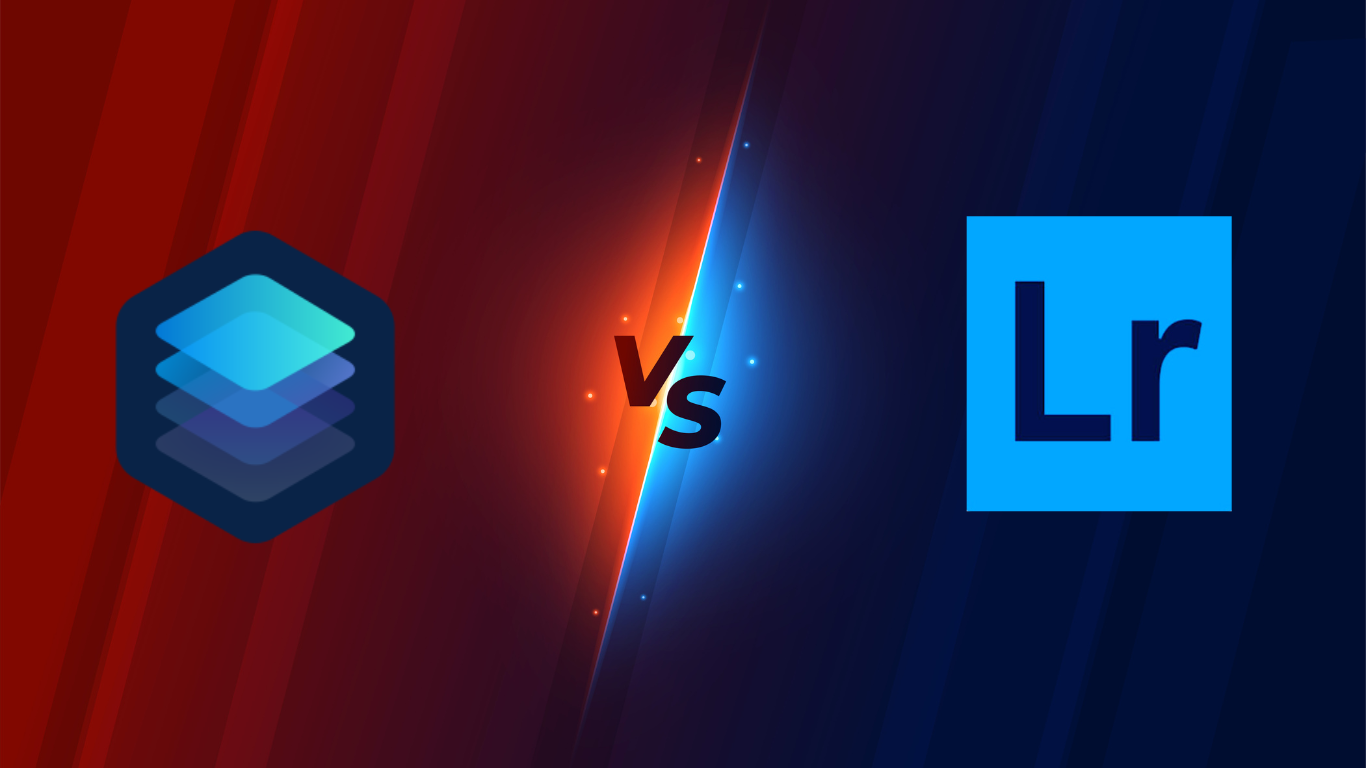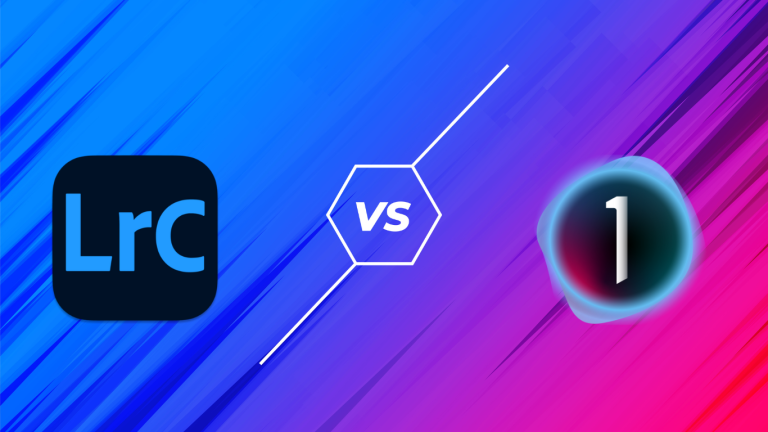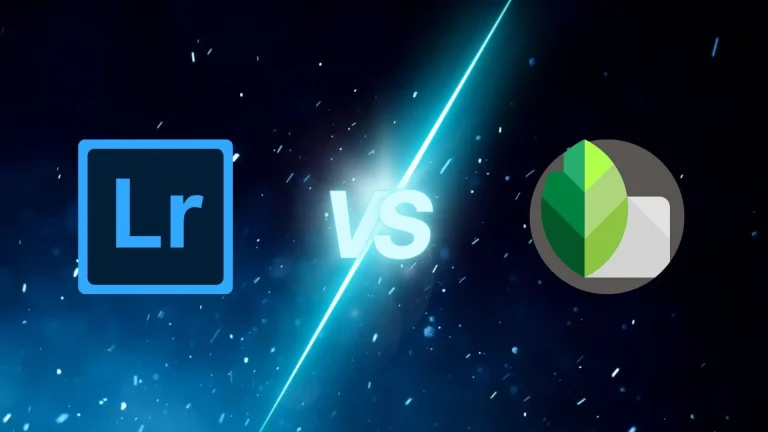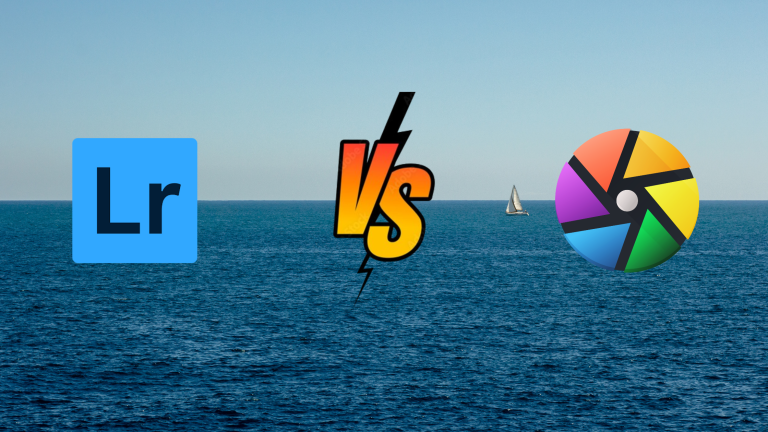Luminar Neo Vs Lightroom – Which One Is Best For You
Selecting the right photo editing software is an important task for any photographer, either for professionals or enthusiasts. Luminar Neo vs Lightroom are always compared. These are two of the best applications currently available on the market and each has its own particular characteristics and powers.
Despite the fact that, in both instances, the applications are enhancing and organizing photographs, they deal with a bit different audience and a bit other style. In this article, you will find an in-depth comparison of the features of Lightroom vs Luminar Neo so that you do not get confused while selecting either of those.
Overview of Luminar Neo vs Lightroom
Luminar Neo is based on a new architecture for intuitive photo editing. It involves many dynamic forms of advanced photography through the use of automatic technology, which appeals to all users regardless of their experience.
Lightroom in Adobe Creative Cloud has been used by professional photographers for a number of years with none rushing to replace it. Lightroom review suggests that it is an all-encompassing program when it comes to editing, cataloging, and organizing photos.
There are 2 versions of Lightroom however both perform basic the same functionalities Lightroom Cloud and Mobile and Lightroom Desktop Classic since both products serve different workflows.
Let’s go to the specifics and compare the two software!
Key Features Comparison: Luminar vs Lightroom
| Feature | Luminar Neo | Lightroom |
| Mobile App | No dedicated mobile app | Lightroom Mobile available |
| Editing Capabilities | AI-enhanced editing, layer support | Advanced manual controls, precise edits |
| Photo Management | Basic management focuses on editing | Comprehensive cataloging and organizing |
| Performance | Faster with AI features | Slower with large libraries |
| Pricing | One-time purchase | Subscription-based |
| Presets and Templates | Extensive AI presets and templates | Wide range of presets, customizable |
| Community Support | Growing community, less extensive | Large, established community |
Editing Capabilities: AI-Driven vs. Manual Precision – Luminar Neo vs Lightroom
The usability of Luminar Neo vs Lightroom Classic can also be differentiated through their editing features and is perhaps one of the key areas of contrast.
Luminar Neo is more AI-even driven, which means that even the most awkward of users can produce good pictures with relative ease. In our Luminar review, we discover highlights include:
Sky AI: Searches for a sky and replaces it with one that possesses more action and light play.
Portrait Bokeh AI: Wishes to make the backgrounds of the portraits softer and more beautiful as if taken from a high-class lens.
Relight AI: Changes the light in different sections of the image, perfect for bringing balance to overly bright and flat-looking images.
Layers and Masks: Works with layers enabling a level of design control reminiscent of Photoshop but with less complexity.
On the other hand in the case of Adobe Lightroom, the intuitive controls of the provided efficiently executed profiling functionality let the user eliminate the guesswork of blue sky color replacement.
Some key editing features include:
Advanced Local Adjustments: Precise control over specific areas of your image with gradient, radial, and brush adjustments.
Color Grading: Powerful color grading tools for achieving a professional and polished look.
Lens Corrections and Transformations: Corrects lens distortions, perspective adjustments, and more.
Preset Flexibility: Extensive preset options that are fully customizable, allowing you to save and apply your own editing styles.
Photo Management: Comprehensive vs. Simple
Photo management is where Lightroom truly excels. Lightroom is a stand-alone winner in the Luminar Neo vs Lightroom game when it comes to photo management. It offers one of the most robust cataloging systems available, which is ideal for photographers who need to organize thousands of images efficiently.
Cataloging and Organization: Lightroom’s cataloging capabilities include keywords, metadata, smart collections, and face recognition. It helps in keeping your entire photo library well-organized and searchable.
Cloud Sync: Lightroom’s cloud-based version allows you to sync photos and edits across devices, making your workflow seamless and accessible from anywhere.
Luminar Neo is more focused on basic editing rather than managing photos. Its library module is simpler, with basic options to organize images into folders.
While it lacks the advanced management features of Lightroom, it’s sufficient for smaller photo collections or for those who prefer an uncomplicated approach.
Performance: Speed vs. Stability
Performance can vary significantly between Luminar Neo vs Lightroom, especially when handling large files or high-resolution images.
Luminar Neo is optimized for speed, particularly when utilizing its AI tools. It generally performs well on modern systems and handles complex edits quickly.
However, performance may vary depending on your computer’s specifications, especially when using resource-intensive features like Sky AI or layers.
Lightroom, especially Lightroom Classic, is known to slow down with large catalogs or high-resolution files.
Adobe has made continuous improvements to its performance, but users with large libraries may still experience lag, particularly during imports and exports. But with normal requirements and good specifications, it’s perfect to use.
Pricing: One-Time vs. Subscription
Pricing models comparison for Luminar Neo vs Lightroom are quite different, making cost a significant factor in your decision.
Luminar Neo: Available as a one-time purchase, with optional paid upgrades for future versions. This model appeals to those who prefer to avoid ongoing costs.
Lightroom: Part of Adobe’s subscription model, with plans that include regular updates, cloud storage, and access to other Adobe apps like Photoshop. Although the subscription can add up over time, it ensures you always have the latest features.
Pros and Cons of Luminar Neo vs Lightroom
Adobe Lightroom vs Luminar Neo:
| Luminar Neo | Lightroom |
| Pros | Pros |
| – AI-powered editing for quick results | – Comprehensive editing controls |
| – One-time purchase, no subscription | – Excellent photo management |
| – User-friendly interface | – Part of Adobe’s powerful ecosystem |
| – Fast performance with AI tools | – Regular updates with new features |
| Cons | Cons |
| – Basic photo management | – Slower performance with large files |
| – Limited integration compared to Adobe | – Subscription costs add up |
| – Less community support | – Steeper learning curve |
Luminar Neo Alternatives
If you’re considering alternatives to Luminar Neo, here are some other options that might suit your needs:
Luminar AI: The predecessor to Luminar Neo, Luminar AI offers similar AI-powered tools, focusing more on automated edits and less on layers.
Luminar 4: Another earlier version of Luminar, with many of the core editing features but without the advanced AI functionalities of Neo.
Capture One: Known for its exceptional color grading tools and tethered shooting capabilities, Capture One is a professional alternative that rivals Lightroom.
ON1 Photo RAW: Offers a blend of powerful photo editing and management, with both AI and manual editing features.
Which Is Best for You? Luminar Neo Vs Lightroom – Why Lightroom Might Be the Better Choice
Luminar Neo vs Lightroom is still a hot topic of discussion for beginners. However, for many expert photographers, Lightroom is the better one simply because it offers all-in-one editing features, great photo organizing tools, and complements the other parts of the Adobe universe.
1. Outstanding Image Uploading and Storage Functionality
Photo dispersal is one of the most troublesome issues facing photographers today, and this is where the main advantage of Lightroom comes in for the photographers, the photo management system. And especially is useful for streamlining the work of professionals who have to handle the bulk of images.
To that end, Lightroom provides a well-structured working environment where most of your photos are arranged in a way that makes it easier to find and manage them, which improves your entire productivity.
Smart Collections and Keywords: This will help the photographer not to waste time and can find and use thousands of images in the shortest time possible.
Cloud Syncing Across Devices: Using this version of Lightroom comes with the added advantage of being able to edit and take photos and always making sure that they are all at one location as they are automatically uploaded to the cloud in two versions from where all the work can be accessed.
For photographers who need reliable organization, Lightroom proves to be one kind of the best photo management system.
2. Advanced Editing Tools for Professional-Quality Edits
The advanced editing of images makes the Lightroom winner in the game of Luminar Neo vs Lightroom.
Precise Local Adjustments: With the help of the radial filter tool, gradient filter tool, brush tool, and other related tools that Lightroom comes with, you are able to substantially edit (local adjustments) areas of interest in the image.
Detailed Color Grading and Tone Control: The color grading and tone curve of the software produces a qualitative change in color balance, hue, and contrast, allowing an uninterrupted convincing stylistic approach for the photographer’s image outputs.
Editing that allows progressive modification: For any single image, any changes made in Lightroom are always reversible and therefore the image remains intact all through, and multiple versions are made possible. This ability is important specifically for professionals who want to try out many styles while still keeping the original photograph safe.
Seamless Integration with Photoshop for Advanced Edits
Lightroom’s integration with Photoshop sets it apart in comparison to Luminar Neo vs Lightroom, allowing photographers to expand their editing capabilities beyond what any single program can offer. This combination of Lightroom’s management and basic editing tools with Photoshop’s advanced retouching, compositing, and graphic design capabilities creates an unmatched editing combination.
Advanced Retouching: For photographers who require detailed retouching—such as skin smoothing, object removal, or complex composites—Photoshop provides tools that go far beyond the capabilities of Luminar Neo.
Round-Trip Editing: Move seamlessly between Lightroom and Photoshop without losing edits or quality, making your workflow more efficient and less time-consuming.
This synergy between Lightroom and Photoshop is particularly important for professional photographers who need to produce flawless, high-quality edits that exceed the limitations of AI-driven software.
Extensive Learning Resources and Community Support
Lightroom’s position as part of Adobe’s ecosystem brings the benefit of a vast support network and access to comprehensive learning resources. Luminar Neo vs Lightroom is no more a discussion when it comes to learning resources and support. This extensive support structure helps photographers continuously improve their skills and stay updated on the latest techniques.
Abundant Tutorials and Presets: Whether you’re a beginner or an experienced professional, Adobe provides a wealth of tutorials, forums, and user-generated content to help you master every tool in Lightroom.
Active Community: Being part of the Adobe family means connecting with a global network of photographers, which is invaluable for learning, sharing, and troubleshooting.
Consistent Updates for Cutting-Edge Performance
Adobe’s mission is to help professionals by making sure that Lightroom constantly updates invites for pro photographers to have the latest tools, better performance, and more features than ever.
Regular Feature Additions: All updates of Adobe, such as effective AI masking and relaxation of accentuation depend on Lightroom as a powerful tool for editing photographs.
Stability and Bug Fixes: In addition, these regular updates also help enhance the overall stability and performance of the software which is very critical for professionals depending on the perfect performance of the editing tools.
Lightroom proves to be the best choice for serious photographers who intend to be active in the profession since it offers timely updates and advanced editing, unlike others in the market.
Luminar neo vs Lightroom – Which is for you?
Even though Luminar Neo is very effective for fast and creative edits powered by AI, Lightroom is true to its name as it allows controlled editing to achieve high quality. From its firm photo handling to its vast editing surface, Lightroom meets every requirement needed by a serious photographer to be able to produce great work on a regular basis.
Bottomline
Deciding between Luminar Neo vs Lightroom depends more on the editing needs. Luminar Neo focused on simple operational functionality and AI enhancement. However, because of its superior organizational capabilities, editing controls, and interlinking with other Adobe software, Lightroom is most suited for specialists who are going to need lots of editing and other organizational tools.
As for people who are in a sticky situation regarding Luminar Neo vs Lightroom, how about downloading and trying the programs to find out which one suits them better?
Both Luminar Neo and Lightroom feature trial editions that can provide much information about these programs’ viability. Finally, whatever photo editing software you opt to use, it has to blend well with your creative workflow as you try to bring your vision to life.







